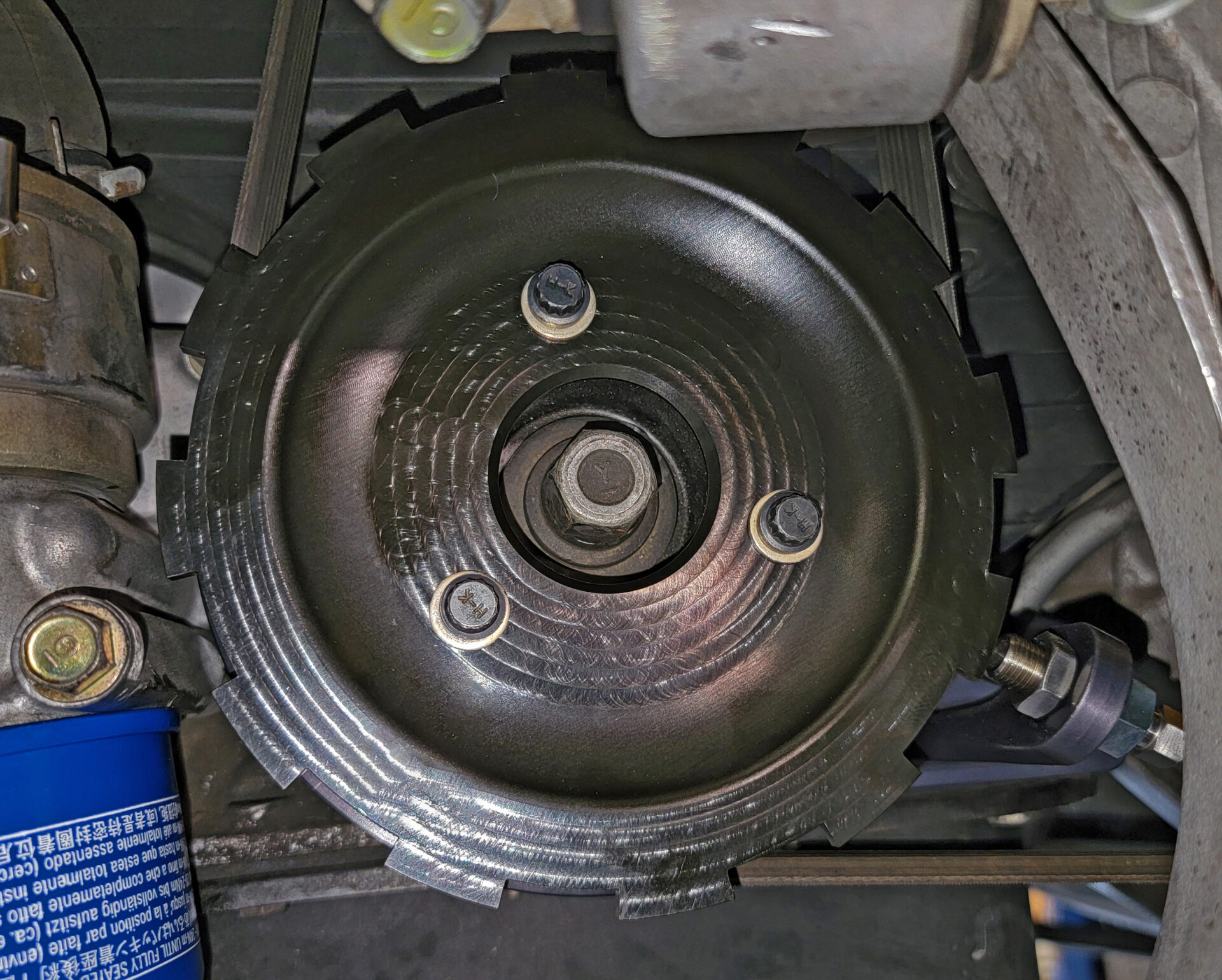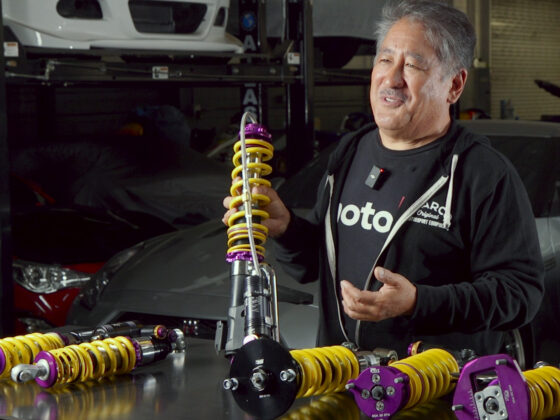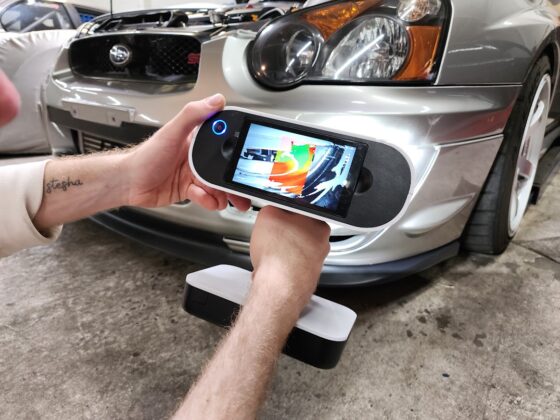 We changed the design of the hall effect sensor bracket to this ‘twisted’ design that looks pretty cool and gives us tons of clearance from the air conditioning belt. 3D printing really does wonders for development. We had the change the offset of the hall effect sensor hole a few millimeters to center it on the tone ring teeth.
We changed the design of the hall effect sensor bracket to this ‘twisted’ design that looks pretty cool and gives us tons of clearance from the air conditioning belt. 3D printing really does wonders for development. We had the change the offset of the hall effect sensor hole a few millimeters to center it on the tone ring teeth.
 Once we locked in the geometry, we had the first tone ring cut and plated.
Once we locked in the geometry, we had the first tone ring cut and plated.
 For production we decided on this black plating which makes the tone ring blend in more with the engine.
For production we decided on this black plating which makes the tone ring blend in more with the engine.
 Cut from 1010/1020 steel and plated with black zinc to prevent corrosion, our tone ring turned out great.
Cut from 1010/1020 steel and plated with black zinc to prevent corrosion, our tone ring turned out great.
 The hall effect sensor mount is cut from 6061 and anodized gunmetal grey.
The hall effect sensor mount is cut from 6061 and anodized gunmetal grey.




8 comments
Back in my OEM engine calibration days, we referred to the time period where knock is likely to occur as the gate period. This can be determined by the crank angle and firing order. Knock should only typically occur during a small range of crank rotation for any given cylinder. We utilized 4 and 8 channel oscilloscopes to view and measure the raw knock sensor output signal, and then match it up against what we heard. A good microphone and a quality set of headphones go a long way. If a ‘knock’ waveform was detected for a particular cylinder, but was outside the gate period, it was largely ignored. We also calibrated the ECU to ignore these signals so it does not interfere with the knock control learning logic. Knock control system calibration on a modern Japanese V8 engine with 4 knock sensors could take 4-6 months. So basically, you’d run the engine at medium to high loads, advance the timing till a determined level of knock was achieved, and then analyze the data. After 4-6 months of knock testing, we’d do a HP check, confirm numbers, and then disassemble/inspect the engine. It was usually one of the last calibrations performed as any mechanical change or addition to the engine would change the harmonics, and require re-testing.
FYI, most OEM engines are calibrated to run at a certain/safe level of knock. It’s perfectly fine in most situations. You’d be surprised at how durable most engines are… well the one’s I worked on anyway. 🙂
Very interesting!
I also have some past excursions in engine dev; we supplemented knock sensors with individual cylinder pressure sensors (also with an O-scope during dev). These were big engines though, and I think I remember the pressure sensors were a permanent part of the control system feedback in the same way as the knock sensors. Crank angle gating is definitely a normal part of knock strategy.
We used Kistler combustion chamber pressure measurement sensors as part of the testing as well.
You definitely didn’t work on Subaru EJ’s then (in reference to durability) lol
These are the articles I hope to see anytime I click on MotoIQ, Thanks!!
Hey one of the best project Supra articles has the wrong pictures in it- it’s an article about the cylinder head, but with all bodywork photos!!!
Mike I also wanted your opinion on Bosch 4.9 wide band sensor placement in a turbocharged 4-500 horse flex fuel engine-
Thanks guys sorry not fully on topic
I would say put it in the collector.
Nice work!